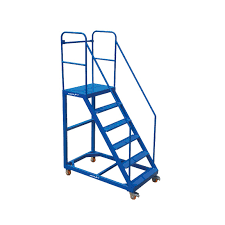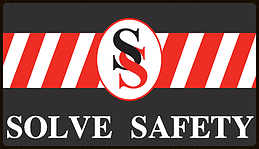Title Page
-
Site conducted
-
Conducted on
-
Prepared by
-
Location
Trolley Ladder Checklists
-
Ladder should be physically in good condition without ware and tare.
-
Ladder should be free from corrosion, rot, splinters, protruding pieces, sharp edges, loose components, etc
-
Loose steps or rungs (consider loose if they can be moved by hand)
-
Feet of the ladder should work properly.
-
Feet of the ladder should have slip resistant pads.
-
Ladder rung locks and spreader braces should be in working condition
-
Bolts, rivets, fasteners, anchors and supports, screws of Ladder should be tight and secured.
-
Platform and steps of the ladder should be in good condition without any damage. It should be firm and secured.
-
Ladder steps and rungs should be free from debris, dirt, oil, grease and other material
-
Slivers on uprights, rungs or steps
-
Damaged or worn nonslip bases
-
Trolley wheels out of adjustment
-
Does the ladder side rails extend at least 3 feet above the upper landing surface to which the ladder is used to gain access?
-
Are portable ladders less than 20 feet long?
-
Clamps to avoid ladder slip
-
For extension ladder: locks and flippers of the locks should be in working and firm condition. Rope should be secured to the fly section and rope should move smoothly through pulley system.











